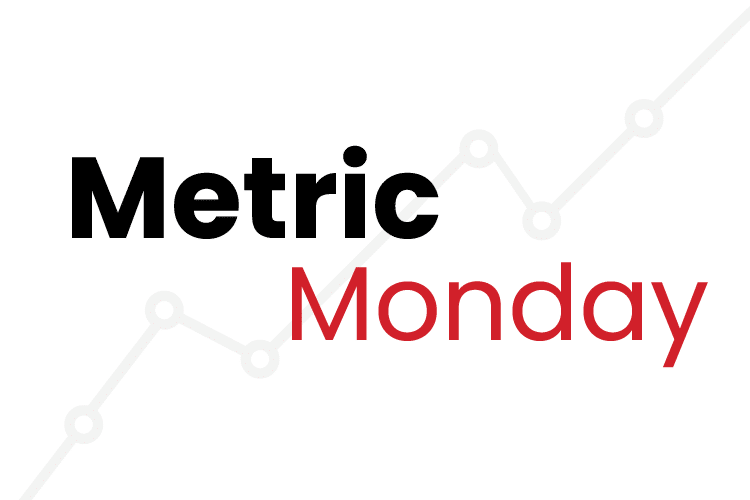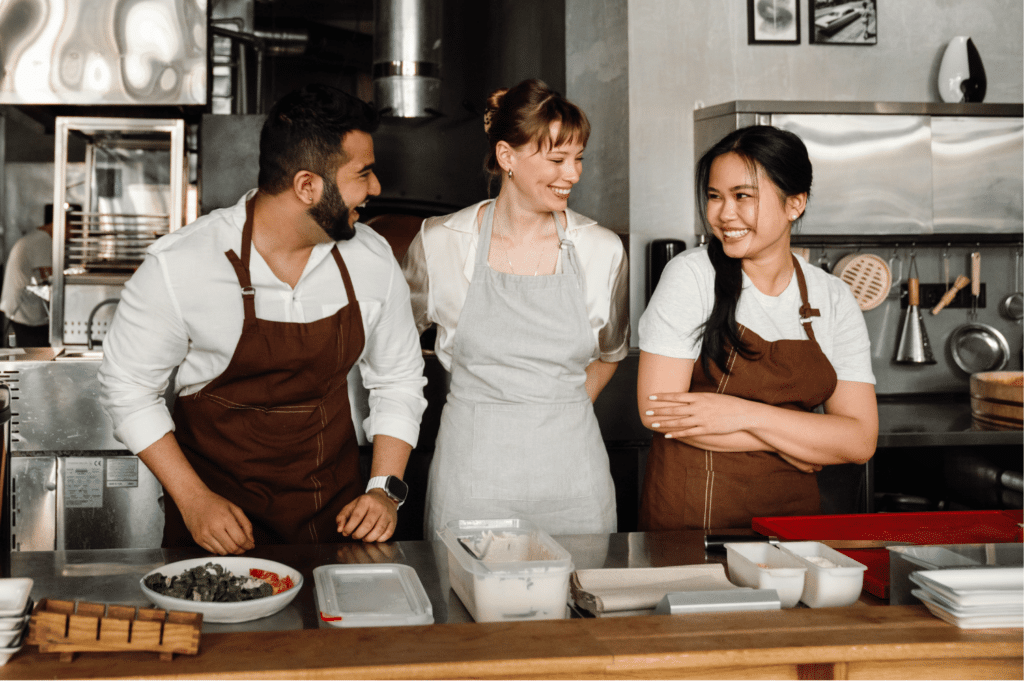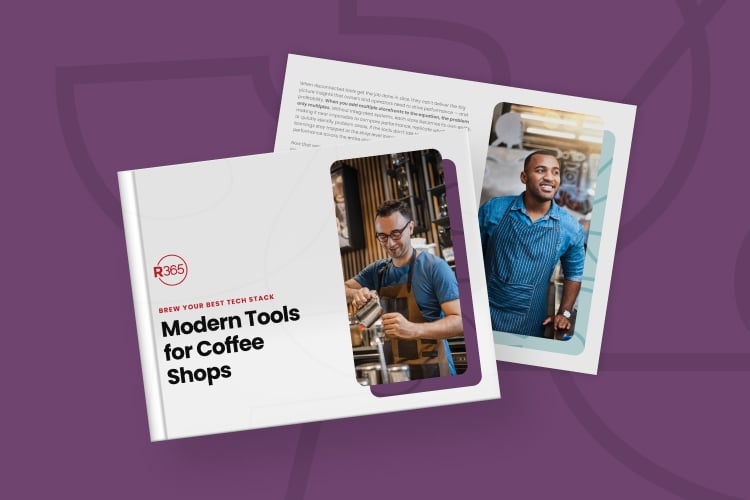What is a table turn?
A table’s turn time is determined by how long each party stays at a table. The number of tables turned in each shift affects your guest count and your bottom line.
What is the average table turn in a restaurant?
On average, a party of two typically stays for one hour. Parties of four will stay for approximately 75 minutes. For parties of six or more, the typical table turn is 1.5 to 2 hours.
Why is it important to track restaurant table turns?
The more customers you serve, the better for your bottom line. Every minute an empty table sits in your restaurant is lost potential revenue. It is important to fill every seat in the restaurant, if possible, particularly during peak hours.
How to increase profitability by tracking table turns
In addition to increasing sales, knowing how many seatings you’re getting out of the tables you have provides insights into everything from your operating hours, staff, ordering, kitchen efficiency, and more. You can also create an overbooking strategy to maximize your seating plan based on how many people cancel their reservations or no-show.
How to calculate table turns in a restaurant
For table turnover rate, you need the following information:
- Number of parties served in each period
- Number of tables in your restaurant. This can be as a whole or segmented by indoor/outdoor, bar/dining room, or whatever fits your restaurant
Parties Served ÷ Number of Tables = Table Turnover Rate.
For example, if you have five tables in your restaurant and you serve 20 parties over the lunch hour, then your table turnover rate is 4 turns per table during the lunch hour.
How to increase table turns in your restaurant
By increasing the table turnover of your restaurant, you’re increasing your total sales and customer satisfaction. But the last thing you want is to make customers feel you’re driving them away. Below are tips on how to increase turns without sacrificing service.
Avoid seating incomplete parties
Seating parties before everyone has arrived will have a negative impact on table turnover. Be sure to avoid negative reactions by alerting customers that your restaurant only seats complete parties when they make the reservation and/or arrive at your restaurant.
Limit your menu size
Large menus often lead to decision fatigue, which leads to slower ordering. Menu engineering research shows that humans generally follow a pattern that allows them to quickly create an overall impression of whatever they see. First, the focus always goes to the center. From there, it bounces up to the top right corner, then to the bottom right corner, and moves diagonally across the page to get an overall gist of the menu. This creates the so-called “Golden Triangle, “your menu’s most valuable real estate, and where you should place your most profitable and quickest to plate dishes.
Learn more: Download our free guide The Ultimate Guide to Recipe Costing and Menu Engineering
Suggest Meals That can be Prepared Quickly
One of the most common questions asked by guests to servers is, “What do you recommend?” During the pre-shift meeting prepare your servers to sell dishes from the pre-fix menu or batch made specials that are easy to plate and serve to reduce preparation times.
Prepare food in advance when possible
Check your POS reports to find the most ordered dishes for each day part and prepare as much as possible in advance. Many dishes can be prepared before the shift even starts so that it is quicker to simply heat up these dishes when ordered. For dishes that need to be made to order, the prep work such as cutting, chopping, and portioning can be done in advance to save valuable time.
Prepare the check in advance
Have the check ready table’s orders have been delivered, servers should conduct a mid-meal check in to see if the customer needs anything else. If not, have them print out the check and keep it in their apron. This way, if they decline dessert later and ask for the check, it’s ready for them right then and there. If they do order additional cocktails or dessert, they server can simply print out a new check once the order in.
Tastefully give guests a hint
Most of the time, guests are not paying attention to the environment around them and just don’t think about others waiting to be seated. A server can slowly begin to clear the table and ask if there is anything else that they can get for them to gently nudge the customers to finish up. Most guests will get the hint but be sure the approach is tasteful and polite.
In extreme camping situations, it is acceptable to offer the patrons to continue their experience with a dessert or drink in the bar if there is seating room.
Prepare staff for quick turns
It’s important for managers to remind bussers and servers during every pre-shift meeting that they need to be ready clean the table and put on new silverware as soon as diners leave. While we might understand the lag, customers often become agitated by seeing an empty table waiting to be cleaned after they have been on a long wait.
Conclusion
Decreasing the table turn times not only leads to increased seat turnover rates, but it also leads to decreased wait times. It’s a win-win situation. Customers will be happier because the food will be served faster, and restaurants will be able to serve more people with a higher seat turnover, leading to increased profits.
If your restaurant business is focused on long-term profitability, equip your team with tools that will help increase operational efficiency. Restaurant365 is an all-in-one restaurant management system incorporating restaurant accounting software, restaurant operations software, inventory management software, payroll + HR software, and scheduling software into a cloud-based platform that’s fully integrated with your POS system, as well as to your food and beverage vendors, and bank.



